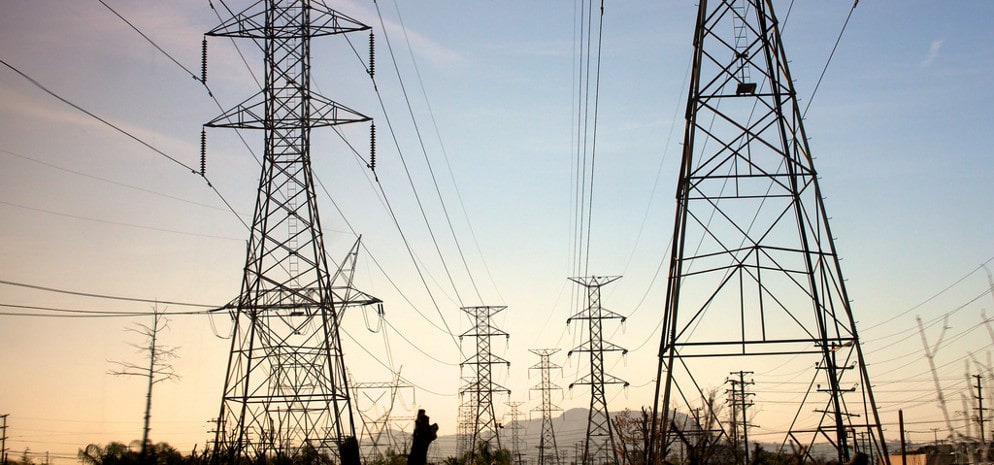Along with the national growth of solar, distributed batteries and other behind-the-meter resources, policymakers are increasingly seeing the need to update 20th century power grids based on one-way flows of electricity from large centralized generators to 21st century realities and technologies.
One of the newest and most advanced trends is a move to identify the locational value of resources on the grid and to compensate distributed resources based on those values. This is still in its infancy, with New York’s setting of locational values as part of a value stack for distributed energy compensation the most advanced effort, although California has also directed utilities to begin the process of determining and publishing locational values.
Yesterday Solar Energy Industries Association (SEIA) published a new white paper that looks at locational valuation from the solar industry’s perspective. It is clear from that paper that like time of use (TOU) rates, a move to locational value isn’t always in the best interests of the solar market, and SEIA expresses caution.
“As useful as locational value is in some contexts, it should not be used to replace other policies such as net metering, especially in emerging markets,” declares the white paper. “Net metering has a demonstrated record of creating strong markets for renewables, and a location-based-variable tariff has yet to be demonstrated anywhere in the [United States].”
However SEIA also notes the benefits of locational values, noting that like TOU rates that they can be used to both better deployment of resources with grid needs and defer more costly investments. The trade group attempts to set principles guiding the deployment of locational values, noting in particular that it is important to include a full stack of values when designing compensation.
SEIA argues that the reliability benefits of distributed power, elimination of line losses, providing data and other benefits should all be “rigorously analyzed” when developing tariffs.
But there is more to designing a successful program that works for distributed energy than setting values correctly. In Arizona’s draft value of solar order, values were set to be re-assigned every five years, which undermines the certainty that owners of PV systems have in compensation for surplus electricity.
SEIA attempts to prevent similar problems with locational value assessments, arguing that locational values should be “long-term, stable and financeable”.
The report represents the fourth installment in a series of SEIA white papers on grid modernization, following on a white paper addressing TOU rates.
This content is protected by copyright and may not be reused. If you want to cooperate with us and would like to reuse some of our content, please contact: editors@pv-magazine.com.









By submitting this form you agree to pv magazine using your data for the purposes of publishing your comment.
Your personal data will only be disclosed or otherwise transmitted to third parties for the purposes of spam filtering or if this is necessary for technical maintenance of the website. Any other transfer to third parties will not take place unless this is justified on the basis of applicable data protection regulations or if pv magazine is legally obliged to do so.
You may revoke this consent at any time with effect for the future, in which case your personal data will be deleted immediately. Otherwise, your data will be deleted if pv magazine has processed your request or the purpose of data storage is fulfilled.
Further information on data privacy can be found in our Data Protection Policy.